Dental Tissue Regeneration… Dream or Reality?
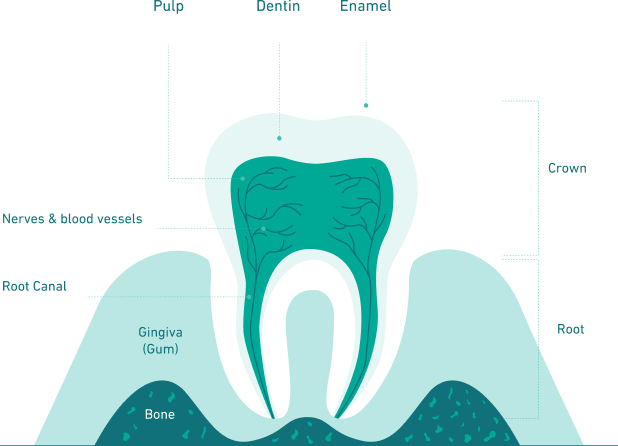
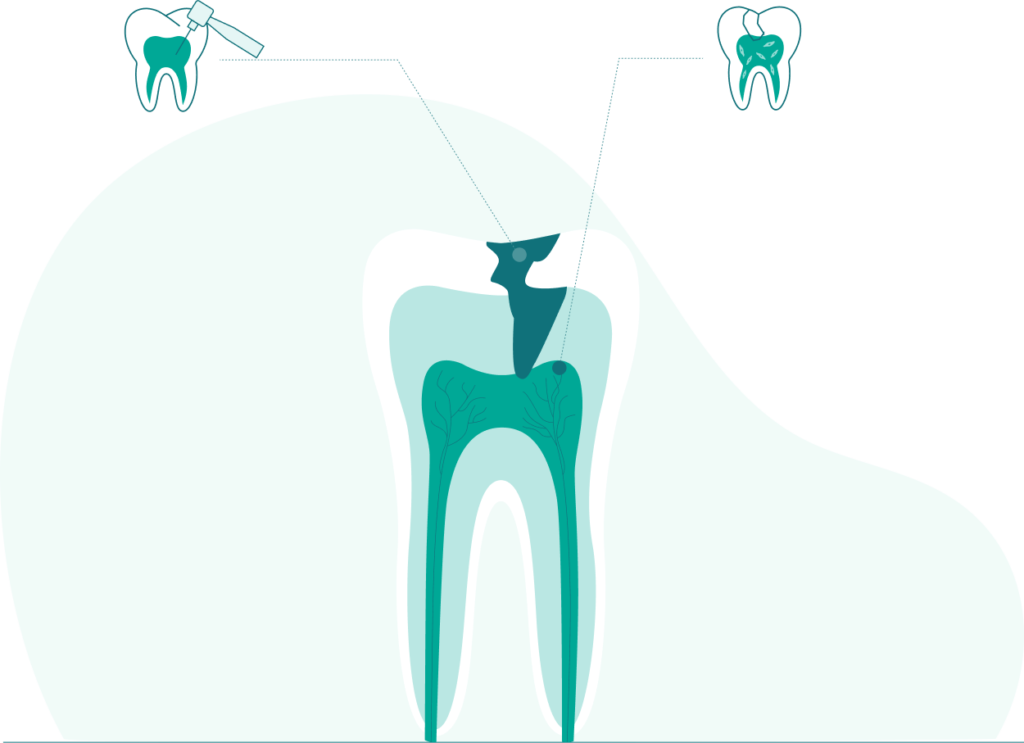
Usually, the natural defence mechanism appears in the dental tissues upon the onset of injury; for example, once caries starts, cells within the dental pulp activate a natural biological repair process to repair the lost dentin locally in the damaged part to protect the pulp. However, with further progression of caries, this process is not sufficient to produce a complete structure of the damaged part, and it does not provide long-term protection. With the loss of dental pulp, teeth lose any biological means of disease prevention, mainly that dental pulp is crucial to maintaining the teeth vitality and durability. Consequently, teeth with missing pulp, even if treated with the current traditional methods, remain brittle and susceptible to complications such as reinfections.
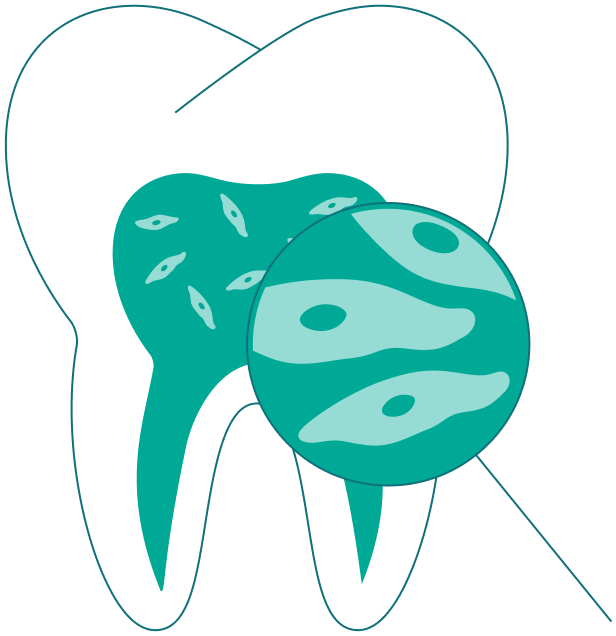
For these reasons, scientists have concluded that reconstructing the dental pulp tissue with the identical original tissue can preserve the natural capability of dental pulp to renew the dental tissue and provide continuous protection for teeth. Studies and scientific research that began more than twenty years ago have shown impressive results; several methods have been studied to regenerate dental tissue, the most important of which depend on stem cells in the dental pulp. Research has demonstrated the existence of stem cells residing within the dental pulp and the ability of these cells to regenerate dental tissue tissues. Therefore, research has been directed to study the possibility of re-using these cells clinically to optimize treatments of dental diseases and improve current available clinical treatment methods by providing long-term biological solutions that benefit millions of affected people worldwide.
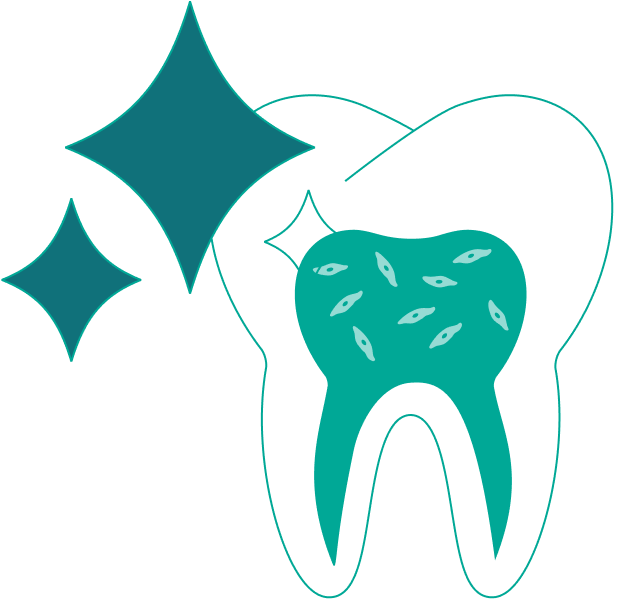
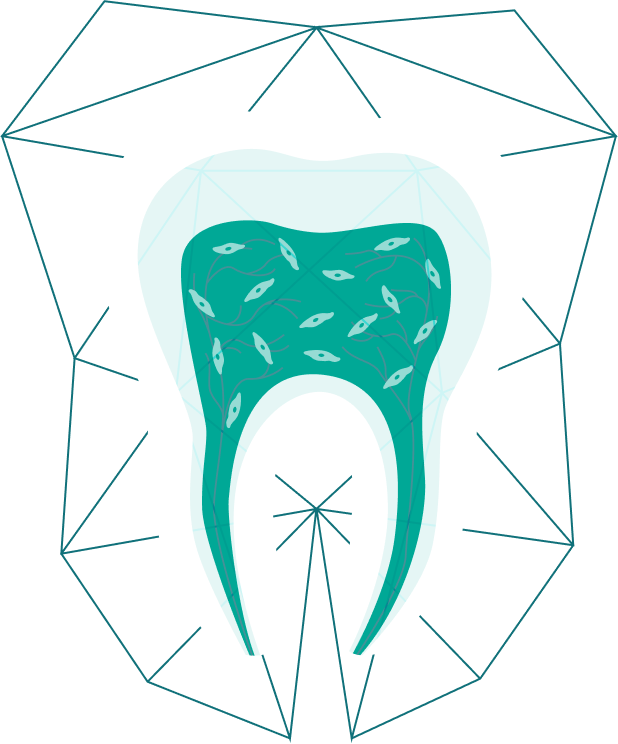
Regenerative medicine techniques in cellular therapy are based on activating these cells to reproduce dentin and dental pulp tissue with the same original tissue so that cavities resulting from caries and the affected pulp will be self-regenerated.
Many cells of different types that are responsible for the formation and development of teeth were recently discovered for their differentiation maps. Researchers at Harvard and Karolinska Institute have genetically traced these cells and successfully identified and distinguished all groups of cells in human teeth and their differentiation pathways (2). This is an essential and unprecedented scientific achievement that enables enhancing the methods of employing these cells in the autologous biological treatment of teeth to replace damaged and lost tissue.
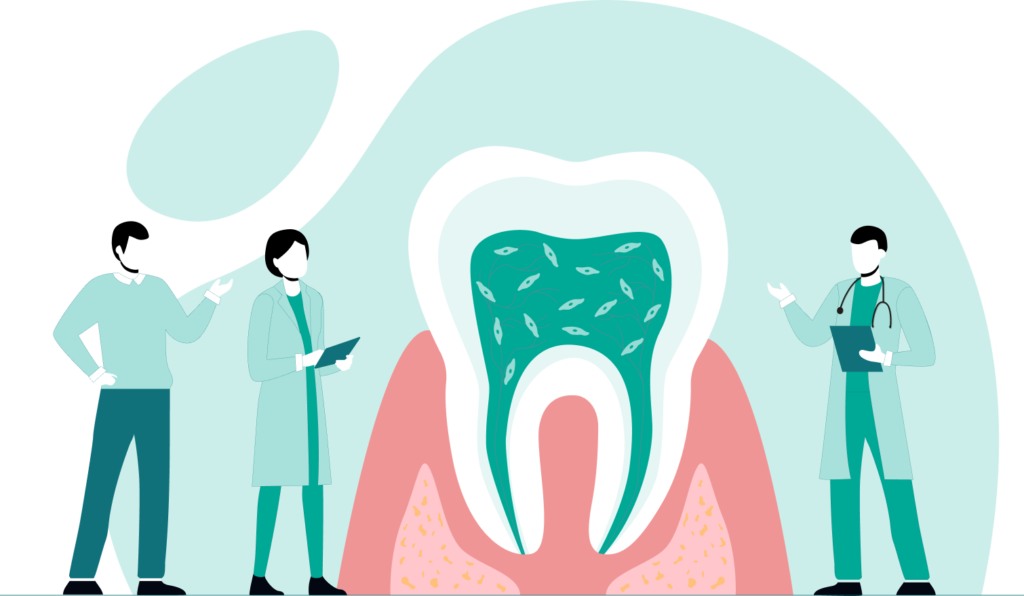
Stem cells receive signals from the surrounding environment and neighbouring cells to control the numbers and quality of tissue-producing cells. It is scientifically proven that Wnt/Cat signals that cells send as an immediate early response to tissue damage; stimulate cells to repair damaged tissue. Hence, increasing the expression of these signals may provide a direct pathway to enhance natural repair and restore damaged dentin. One of the newest methods that scientists at King’s College in London have studied and proven successful in clinical trials using medically approved biological materials that have been used clinically as treatment for other diseases, biodegradable collagen sponge (a therapeutic protein that contributes to tissue regeneration) was used to deliver Tideglusib (a therapeutic drug substance) that activates Wnt signalling, six weeks later, it was observed that cavities were completely filled with new dentin that replaced collagen sponge, which proves a successful activation of self-regeneration mechanism of the damaged tooth. Ease of this treatment modality provides ideal self-solutions to restore dentin and protect pulp that is currently being treated using synthetic artificial restorations (3).
In one of the most significant discoveries at Plymouth University, scientists were able to identify the Dlk1 gene (one of the genes responsible for providing protein codes for regulating cell processes). This gene is responsible for sending signals that control the number of cells producing dental tissue in rodents whose incisors are known to regenerate throughout their lives continuously. Scientists are investigating the possibility of activating the expression of this gene in human dental pulp stem cells to stimulate the control mechanism to produce more dental tissue-producing cells; thus, teeth can be repaired and restored automatically by the body’s own self-regeneration and maintenance mechanisms (4).
Moreover, at the University of Pennsylvania, long-term follow-up clinical research proved the effectiveness of dental pulp stem cells in completely regenerating and regrowing the dental pulp. In a randomized controlled clinical trial, following transplantation of deciduous teeth dental pulp stem cells into the root canals of treated patients, regeneration of blood vessels, nerves, supporting tissues and dentin was observed. This result foretells an imminent revolution in the field of root canal dental treatment (5). Hence, current methods of root canal treatment; that require external fillings to fill the root canal may be dispensed in the future.
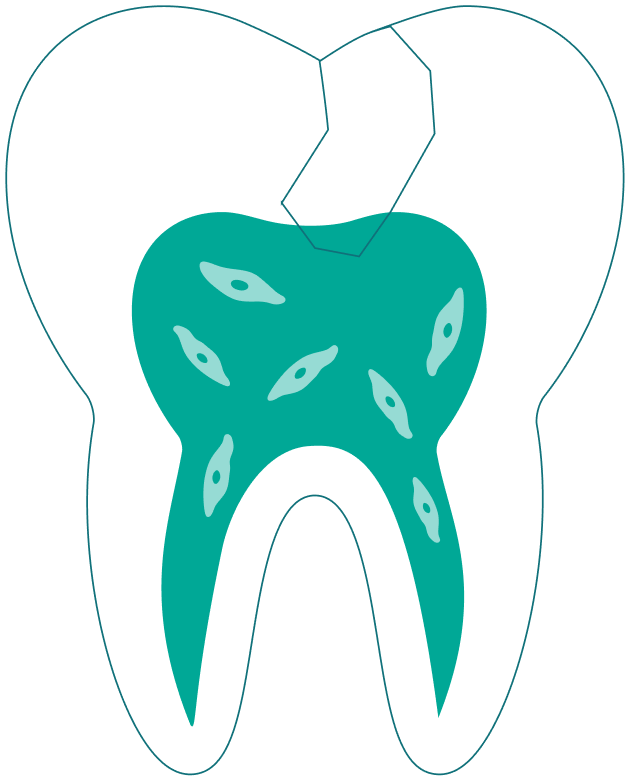
References:
- James S, Abate D, Abate K, Abay S, Abbafati C, Abbasi N et al. Global, regional, and national incidence, prevalence, and years lived with disability for 354 diseases and injuries for 195 countries and territories, 1990–2017: a systematic analysis for the Global Burden of Disease Study 2017. The Lancet. 2018;392(10159):1789-1858.
- Krivanek J, Soldatov R, Kastriti M, Chontorotzea T, Herdina A, Petersen J et al. Dental cell type atlas reveals stem and differentiated cell types in mouse and human teeth. Nature Communicatons. 2020;11(1)
- Neves V, Babb R, Chandrasekaran D, Sharpe P. Promotion of natural tooth repair by small molecule GSK3 antagonists. Scientific Reports. 2017;7(1).
- Walker J, Zhuang H, Singer D, Illsley C, Kok W, Sivaraj K et al. Transit amplifying cells coordinate mouse incisor mesenchymal stem cell activation. Nature Communications. 2019;10(1).
- Xuan K, Li B, Guo H, Sun W, Kou X, He X et al. Deciduous autologous tooth stem cells regenerate dental pulp after implantation into injured teeth. Science Translational Medicine. 2018;10(455):eaaf3227.




